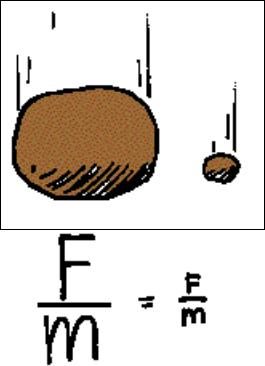Sinking and Floating Facts
Have you ever wondered about why some things sink and some things float?
You might even think that bigger things sink and smaller things float, but in the weird and wonderful world we live in, that’s not actually true!
There are far more reasons behind the mystery of sinking and floating. Read up on these cool facts, and become a science whizz on sinking and floating.
What causes some things to sink and float? Well, it’s all about something called density. Do you know what density means? Well everything around us is made up of tiny molecules.
In some objects these molecules are jam packed together, and in others they are loosely packed together.
This is actually what density means. The objects that are jam packed together have a higher density, and the more loosely packed objects aren’t as dense.
Let’s think for a minute about other large objects like a boat, or maybe even an airship. How does this sink and float work?
Some boats are massive, and would seem very dense, so how do they stay afloat? Well basically the boat has to push the water aside so that there’s room for it.
As it’s so heavy it actually gets pulled down by the force of gravity. But there’s more to this. Now comes buoyancy, which is the opposite of gravity.
But what is buoyancy? Think about what happens when you put an ice cube into a glass of water.
As the ice cube displaces (moves) some of the water to make way for itself, the water level rises and the ice floats partially in and out of the water.
Gravity is pulling the ice cube down and the buoyant force is pushing it up. How far in or out of the water your ice cube stays depends on its density, as that is what the pushing and pulling forces are working against.
What will sink and what will float?
We’re going to give you an exercise to do at home. Get a bowl or a bucket of water and collect a few objects around the house or from your garden.
These could include a piece of small wood, a stone, a sponge, an egg, a spoon, small balls or anything else that you can find.
Put them in the water and see what sinks and what floats. Now you’ll know that whatever objects sink and more dense, and what floats is less dense. Write your findings down.

As we know things float because they are less dense in water. Did you know that because of this it is easier to lift a heavier person in a swimming pool? This is called buoyancy.
Liquids of all kinds have different densities. Try mix a few liquids together in a jug, and see what floats and what sinks to the bottom. Those at the bottom are denser.
Steel ships float because even though steel is denser than water, their hulls are full of air. That’s interesting! They sink until enough water has been moved to match the weight of steel and air in the hull.
Ships float at different heights depending on how heavily laden they are and how dense the water is. So if you see one floating higher than another, now you know why!
Ships float higher in sea water than in fresh water because salt makes the sea water denser. Wow, who would have thought?
Ships float higher in dense cold seas than in warm tropical ones which mean they also float higher in the winter months.
Word Meanings
Molecules – tiny particles in objects that can only be seen under a microscope
Gravity – a force which tries to pull two objects toward each other.
Buoyancy – how something can float in water or air
Density – This is about how loosely or tightly packed molecules are in an object
So now that you’ve had a science lesson on sinking and floating, go out there and see what sinks and floats. Enjoy your projects!







